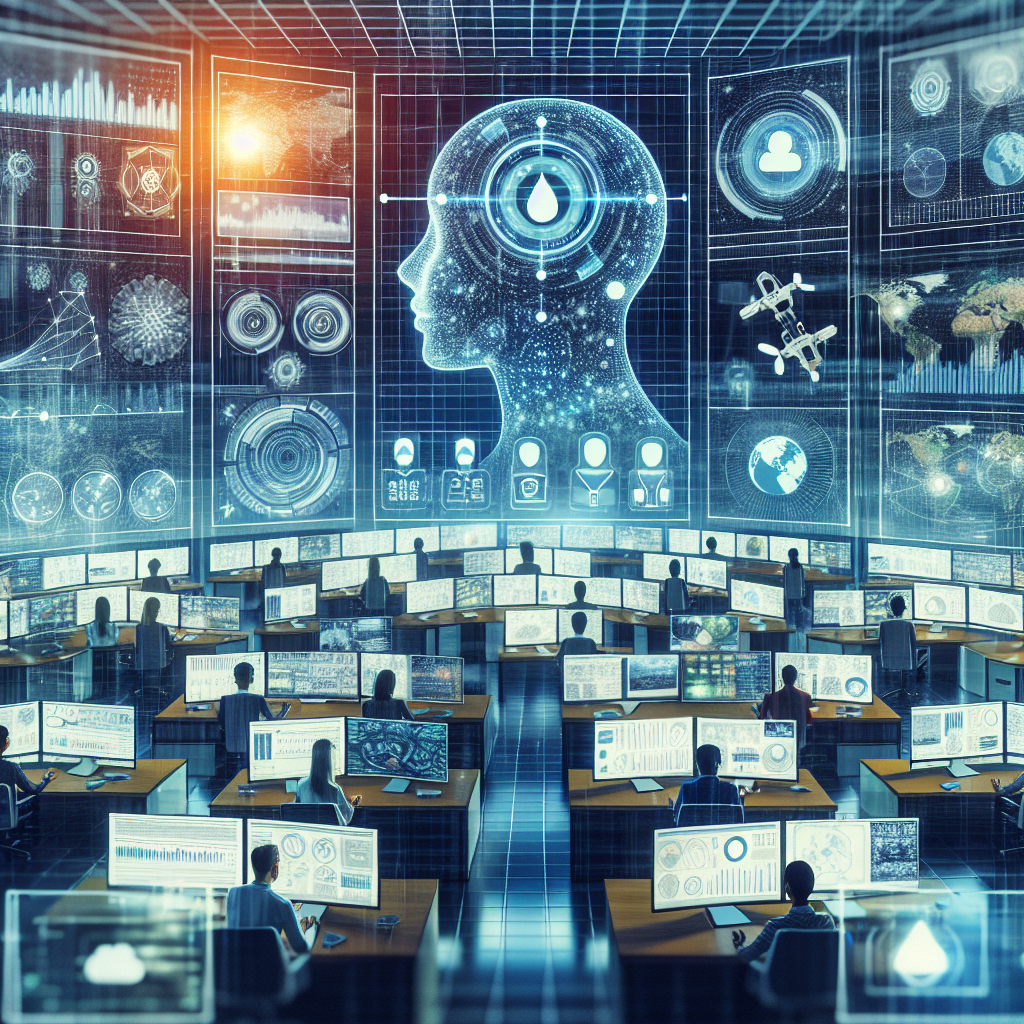In recent years, the world has witnessed an increase in the frequency and severity of natural disasters, from hurricanes and floods to wildfires and earthquakes. These disasters have devastated communities, causing loss of lives, destruction of homes and infrastructure, and leaving many people in need of urgent assistance. In response to these challenges, philanthropic organizations have played a crucial role in providing aid and support to those affected by disasters.
However, the traditional methods of disaster preparedness and response have often been inefficient and ineffective, leading to delays in delivering assistance and reaching those in need. With the advancement of technology, especially artificial intelligence (AI), there is an opportunity to revolutionize the way philanthropic organizations approach disaster preparedness and response, making it more efficient, effective, and impactful.
Leveraging AI for Disaster Preparedness
AI has the potential to significantly improve disaster preparedness by providing organizations with real-time data and insights that can help them anticipate, plan, and respond to disasters more effectively. One of the key ways AI can be leveraged for disaster preparedness is through the use of predictive analytics. By analyzing historical data, weather patterns, and other relevant information, AI algorithms can forecast the likelihood and severity of future disasters, allowing organizations to better prepare and allocate resources accordingly.
For example, AI-powered predictive models can help identify high-risk areas that are prone to specific types of disasters, such as flooding or landslides. This information can be used to develop targeted disaster preparedness plans, such as building stronger infrastructure, establishing early warning systems, and mobilizing emergency response teams in advance.
AI can also be used to enhance communication and coordination among various stakeholders involved in disaster preparedness efforts. By analyzing social media, news reports, and other sources of information, AI algorithms can help organizations monitor the situation on the ground in real-time, identify emerging trends and needs, and coordinate response efforts more effectively.
Leveraging AI for Disaster Response
In addition to improving disaster preparedness, AI can also enhance disaster response efforts by enabling organizations to deploy resources more efficiently and effectively. One of the key benefits of AI in disaster response is its ability to process large amounts of data quickly and accurately, allowing organizations to make informed decisions in a timely manner.
For example, AI-powered drones can be used to assess the extent of damage in disaster-affected areas, identify the location of survivors and victims, and deliver supplies and medical assistance to those in need. These drones can also be equipped with sensors and cameras that can collect valuable data, such as temperature, air quality, and infrastructure damage, which can help organizations prioritize response efforts and allocate resources effectively.
Moreover, AI can be used to streamline and automate various aspects of disaster response, such as logistics, resource allocation, and communication. By using AI-powered software and platforms, organizations can optimize the deployment of personnel and supplies, track the movement of assets in real-time, and coordinate response efforts across multiple locations more efficiently.
FAQs
Q: How can AI help philanthropic organizations in disaster preparedness and response efforts?
A: AI can help philanthropic organizations in disaster preparedness by providing real-time data and insights for forecasting, planning, and allocating resources more effectively. In disaster response, AI can assist in assessing damage, identifying survivors, delivering supplies, and streamlining coordination efforts.
Q: What are some examples of AI applications in disaster preparedness and response?
A: Some examples of AI applications in disaster preparedness and response include predictive analytics for forecasting disasters, drones for assessing damage and delivering supplies, and AI-powered software for automating logistics and communication.
Q: What are the challenges and limitations of using AI in disaster preparedness and response?
A: Some of the challenges and limitations of using AI in disaster preparedness and response include the need for reliable data, the potential for algorithm bias, and the requirement for human oversight and intervention in decision-making processes.
Q: How can philanthropic organizations leverage AI effectively in disaster preparedness and response efforts?
A: To leverage AI effectively in disaster preparedness and response efforts, philanthropic organizations should invest in AI technologies, collaborate with experts and stakeholders, prioritize data privacy and security, and continuously evaluate and improve their AI systems and processes.

